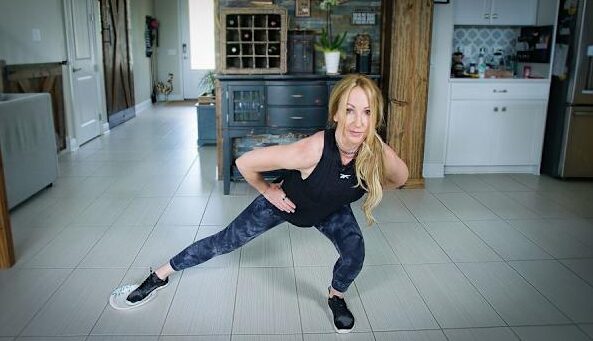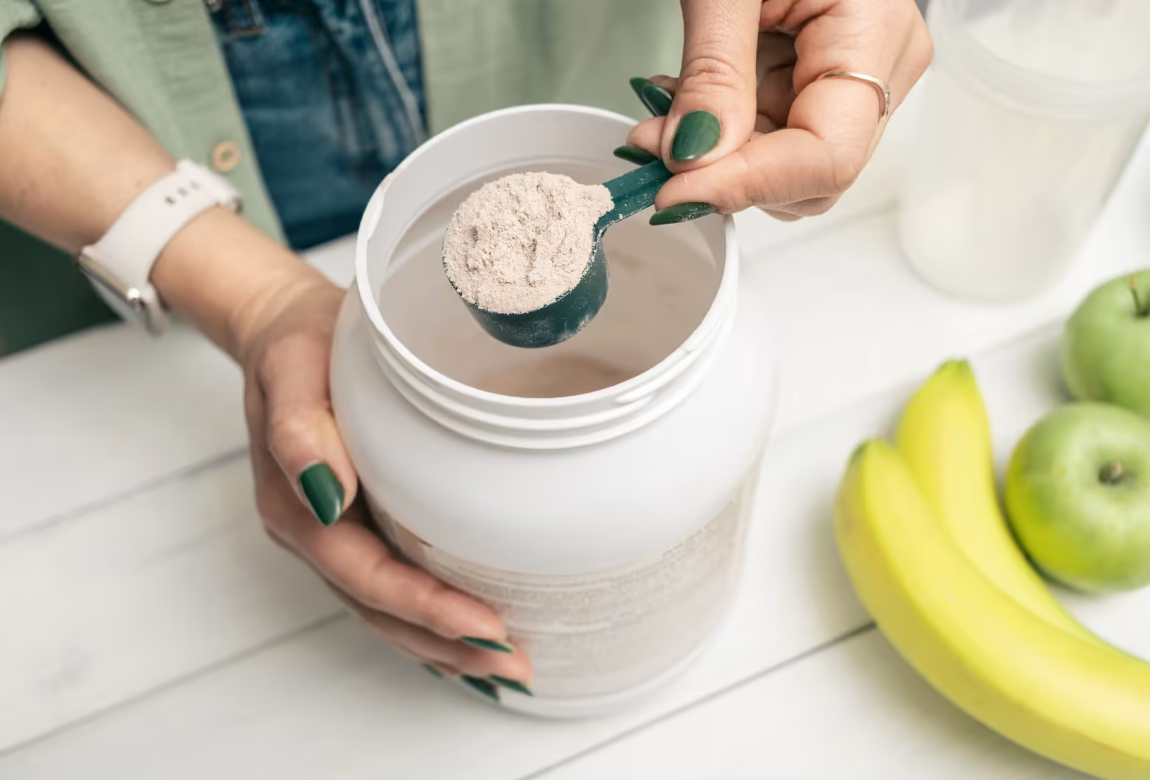If you needed another reason to get moving, here it is. A massive new study suggests that regular exercise that gets your heart pumping and your breathing up could slash the risk of an early death by as much as 40%.
The meta-analysis pulled data from 85 studies covering 7 million people worldwide, making it one of the largest of its kind.
“Physical activity may be even more important for long-term health than we previously thought,” said Gregore Mielke, a senior lecturer at the University of Queensland’s School of Public Health in Brisbane.
It’s never too late to start
The research found that age didn’t matter. Even people who started exercising later in life saw a boost in longevity. In fact, the impact was often stronger for older adults, who gained an additional 10–15% reduction in risk because they are more likely to face multiple health problems, explained study coauthor Ruyi Yu.
“This highlights that it is never too late to start being physically active,” Mielke said. “Starting at any point in adulthood can still lead to a longer, healthier life.”
Dr. Andrew Freeman, a cardiologist at National Jewish Health in Denver, who was not part of the study, called exercise “the elixir of youth.”
“Exercise truly does lower risk in a way you can’t get with medications. It’s amazing,” he said.
How much exercise do you really need?
The study, published in the British Journal of Sports Medicine, reviewed long-term activity patterns — from people who stayed active, those who started later, and those who quit.
It compared these patterns against the World Health Organization’s exercise recommendations: 150–300 minutes of moderate activity a week, or 75–150 minutes of vigorous activity. Think jogging, brisk walking, or anything that leaves you sweating within minutes.
Not surprisingly, regular exercise had the biggest impact on heart disease, the world’s leading killer. People who exercised the most were 40% less likely to die from heart disease and 25% less likely to die from cancer compared to those who were inactive.
The biggest longevity gains came from about 300 minutes of moderate activity per week. Doing more than that didn’t seem to add much extra benefit, Yu said.
But even people who went from “couch potato” to active saw a 22% drop in early death risk. Leisure-time physical activity was linked to a 27% reduction.
On the flip side, those who quit exercising lost much of the benefit, showing similar risks to people who had never been active.
“This raises an important question: do the benefits of past physical activity last if people stop being active? More research is definitely needed,” Yu said.
Move in a way you enjoy
The message is clear: you don’t have to be a gym rat to live longer.
“Even people who didn’t meet the recommended levels — but maintained some activity — still had a lower risk compared to those who stayed inactive,” Mielke said. “What matters most is keeping your body moving and finding ways to enjoy being active.”
Freeman advised beginners to start slow, after checking with their doctor, and aim for at least a brisk 30-minute walk daily.
“If you’re walking with a friend or partner, they should be able to talk to you, but you should be too out of breath to reply,” he said. “That’s when you know you’re working hard enough.”
Adding resistance training can make workouts even more effective. Carry light weights on a walk, wear a weighted backpack, cycle uphill, or use swim fins for extra resistance in the water.
“Combine cardio with strength training,” Freeman said. “It’s good for your body and even better for your health in the long run.”






